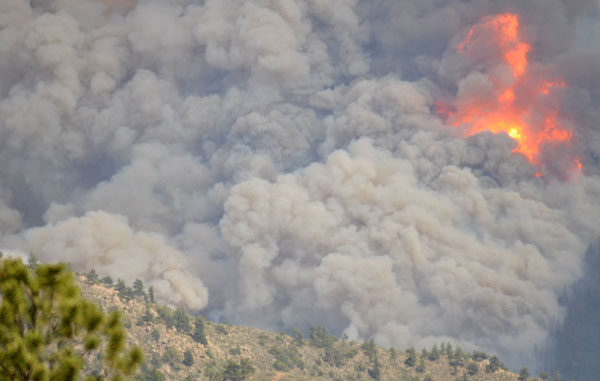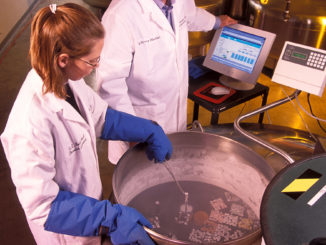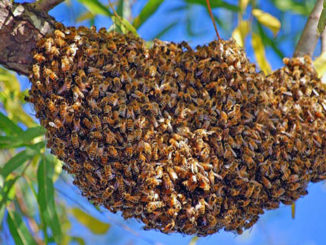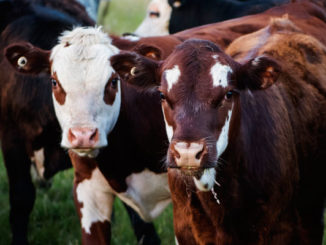
USDA Invests Millions and is now Accepting Applications to Protect Communities from Wildfires, Restore Forest Ecosystems and Improve Drinking Water
The U.S. Department of Agriculture will invest more than $12 million this year to mitigate wildfire risk, improve water quality and restore healthy forest ecosystems through 13 targeted projects on both public and private lands, including one in Colorado. During the next three years, Colorado’s new Joint Chief’s project offers landowners within the St Vrain, Big Thompson and Cache la Poudre Watersheds the opportunity will work with local USDA experts and partners to effectively apply targeted forest management practices on their land. Interested forest landowners have until June 21, 2019, to apply and applications MUST be submitted by 4:00 p.m., to the local Natural Resources Conservation Service (NRCS) field office in Fort Collins located at 150 Centre Ave., Bldg. A. Ste. 116, Fort Collins, Colorado 80326.
The Joint Chiefs’ Landscape Restoration Partnership enables the Natural Resources Conservation Service (NRCS) and the Forest Service to leverage technical and financial help collaboratively alongside agricultural producers and forest landowners in Colorado to help reduce wildfire threats, protect water quality and supply, and improve wildlife habitat for at-risk species. The Northern Front Range Joint Chief’s Landscape Restoration Project will use collaboratively developed guidance and principles and practices for the restoration of ponderosa pine and dry mixed-conifer forests of the Colorado Front Range, to meet the many and unique forest landscape challenges and opportunities in the state.
“With the help of USDA, producers can improve their forestry operations while realizing many other benefits, including mitigating impacts from wildfires, improving water quality, and wildlife habitat,” said Clint Evans, NRCS state conservationist in Colorado.
This partnership builds upon 17 ongoing projects launched in 2017 and 2018 that aimed to facilitate cross boundary-large scale forest restoration activities including mechanical and prescribed fire treatments. Building on the successful collaborative landscape restoration efforts between Federal, state, and local organizations including USDA’s Natural Resources Conservation Service, Forest Service’s Arapaho and Roosevelt National Forest, local Conservation Districts, the Colorado State Forest Service, and water providers, an additional $18M investment is planned through financial and in-kind contributions to continue existing projects.
Since 2014, USDA has invested $213 million in 69 Joint Chiefs’ Landscape Restoration Partnership projects, which focus on areas where public forests and grasslands intersect with privately owned lands. “This partnership demonstrates our commitment to improving forest conditions across the land by using sound science and working together,” said Brian Ferebee, Forest Service Rocky Mountain Regional Forester.
For more information about projects to mitigate wildfire risks as well as full project descriptions and information on completed projects, CLICK HERE to visit the Joint Chiefs’ Landscape Restoration Partnership website. Ag producers and forest landowners interested in a project to mitigate wildfire risk may also contact their local USDA service center to see if their land is eligible.
Support Northern Colorado Journalism
Show your support for North Forty News by helping us produce more content. It's a kind and simple gesture that will help us continue to bring more content to you.
BONUS - Donors get a link in their receipt to sign up for our once-per-week instant text messaging alert. Get your e-copy of North Forty News the moment it is released!
Click to Donate


